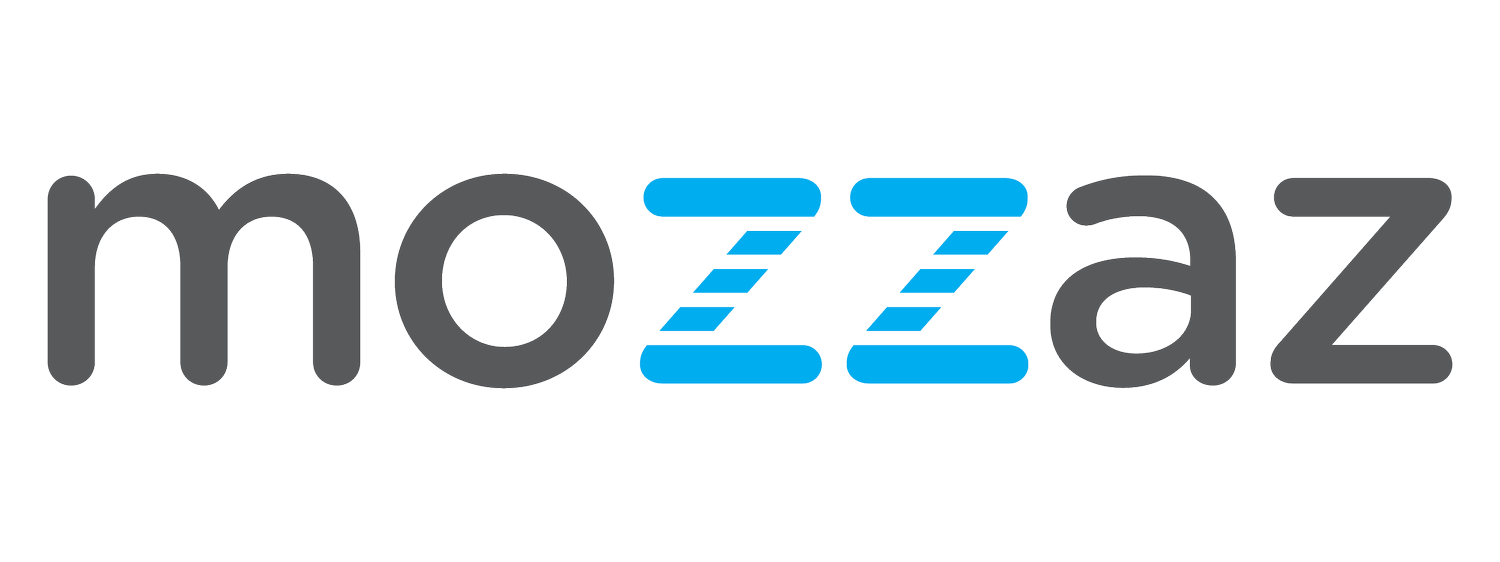The Benefits Of Remote Patient Monitoring For Oncology Patients
No matter the stage, a cancer diagnosis marks the beginning of a new and different phase of life. For the millions of oncology patients in the United States, their disease becomes a constant presence in their day-to-day existence. Even for those whose cancers are treatable, their diagnosis can have a profound impact on the way they live. Frequent doctor’s visits, restricted diets, new medication routines and other lifestyle changes can intrude on patients’ daily lives and make it more challenging to feel “normal” — even if they are in remission.
Nearly 1.8 million more people were diagnosed with some type of cancer in 2020. In fact, nearly 40% of all adult Americans will receive a cancer diagnosis at some point in their lifetimes. Treating these patients while allowing them to live their lives as normally as possible can create challenges for oncologists. Fortunately, new technologies are making it possible for doctors and patients to incorporate care into their daily routines with greater success.
Utilizing Remote Patient Monitoring in Oncology
Remote patient monitoring devices are making a big impact on how oncologists care for their patients. This technology provides caregivers with nearly constant updates on a patient’s vital signs, sleep patterns and other indicators. When integrated into a telehealth platform, healthcare providers can spot warning signs for more timely interventions.
For example, a cancer patient can wear a small device that tracks several measurables, including blood sugar levels. If those levels don’t match up with a typical pattern, it could be an indicator that the patient is not eating. This might signify a loss of appetite caused by treatment and could lead to complications if not addressed. The oncologist’s office can send a text, email or phone call to the patient to check in with him or her and suggest adjustments.
Remote patient monitoring brings numerous benefits to oncology care. One of the most important advantages is that doctors are no longer limited to the information they can glean from their patients over the course of an office visit. Patients don’t need to structure their lives around in-person visits as much and can regain a greater sense of normalcy. This technology also helps foster a stronger feeling of collaboration and engagement among patients and their caregivers.
Tips for Implementing Remote Patient Monitoring
Oncology practices and their patients could benefit from a telehealth model that incorporates remote patient monitoring. However, those considering this method should understand that it needs to be implemented properly for it to have the greatest impact. For example, offices need to be staffed appropriately so that there is someone to react to any sudden changes in a patient’s vital signs or behavioral patterns, or plan in advance to automate interventions. The monitoring devices should be easy to use and as unobtrusive as possible. Doctors should also consider which patients might gain the most from its use, as certain treatment plans require more interventions, such as those for lung cancer and lymphoma typically. If you’d like to learn more about implementation best practices, download our recent whitepaper.
Remote patient monitoring is just one of the many technologies included in the virtual care solutions offered by Mozzaz. As a recognized leader in these systems, we have the knowledge and expertise necessary to help physicians across multiple specialties utilize our platform to improve patient outcomes. If you would like to learn more about how our services can be of assistance to your oncology practice, get in touch with one of our knowledgeable representatives today. We can guide you through the process of integrating these solutions into your operations, so you can deliver better care.
References:
(1) Cancer Facts & Figures. (2020). American Cancer Society. Retrieved from: https://www.cancer.org/research/cancer-facts-statistics/all-cancer-facts-figures/cancer-facts-figures-2020.html
(2) Cancer Statistics. (2020). National Cancer Institute. Retrieved from: https://www.cancer.gov/about-cancer/understanding/statistics

